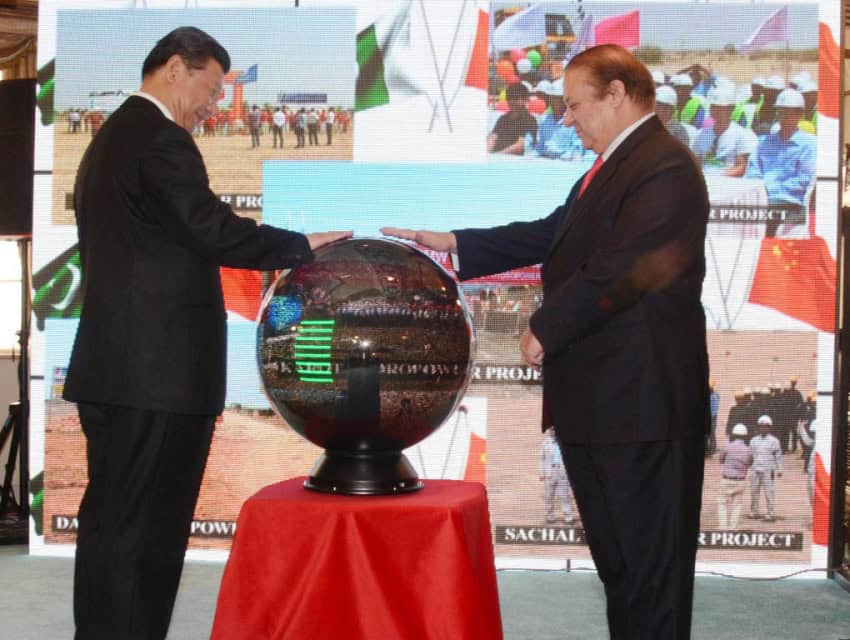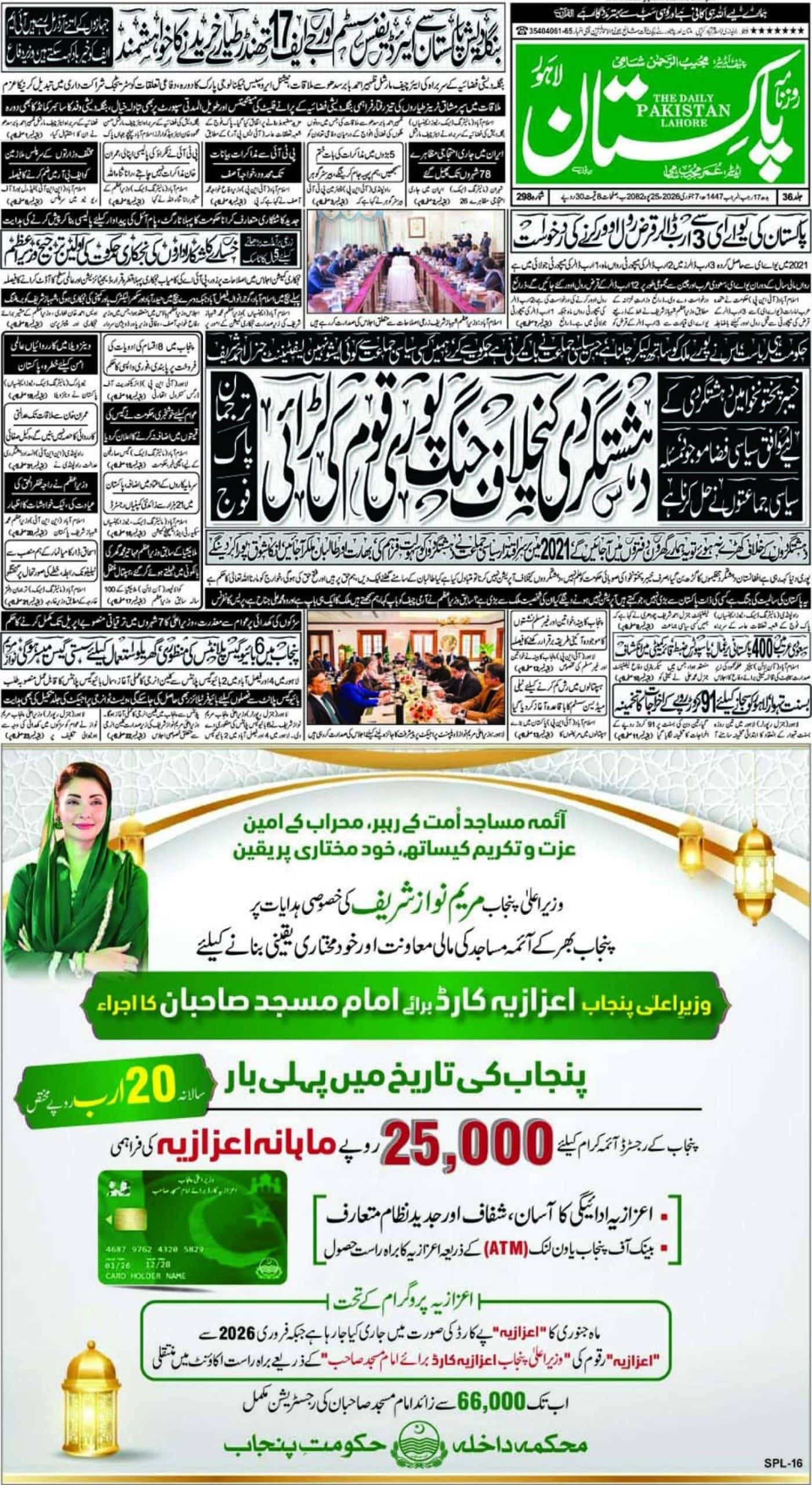It is not the dreadful violence and the devastating acts of terror. It is not the heinous designs of hostile powers – regional and extra-regional – against Pakistan and Pak-China relationship, either. And it is by no means the pity politicking rooted in Pakistan’s ethnonational political edifice. The single largest threat to once-in-a-century kind of an opportunity that is CPEC comes from an aura of unwarranted secrecy surrounding the whole concept – from its overall plan to the implementation of its various components, the projects that it entails.
CPEC indeed embodies a momentous set of projects for an economy like Pakistan. There is no doubt that the infrastructure it aims to build, the power it plans to generate, the traffic it foresees to flow and the livelihoods it promises are all mega news for any economy. Add to this the overall sentiment towards China – the financier and backer of the initiative – amongst Pakistani people. Few other than the usual ‘merchants of doom’ – including but not limited to segments of Pakistani media – would actually doubt its utility and premise.
But that is one side of it. The other, quite disturbing one, is the way the sitting PML-N government has played with the whole concept, its planning and implementation, since 2013 when the initial Memorandum of Understanding (MoU) was signed between the two countries – also seeking to come up with a Long Term Plan (LTP), that is now becoming a source of pinching curiosity after ostensibly angled reporting in a section of Pakistani press.
If the ‘merchants of doom’ were out to spoil the game from its very beginning, it is the incumbent government in Islamabad that has been thriving, politically and sentimentally, by acting as a ‘merchant of boom’ vis-à-vis CPEC, over the past four years. This unhealthy tussle between the sellers of doom and the traders of boom has repeatedly hit hard on the very idea of CPEC – a perceived win-win situation for Pakistan and China.
First, it was the controversy over the route over which way the corridor then naively perceived by some as a mere passage, would traverse. Then it was the question of whether the money coming into Pakistani economy from Chinese sources for CPEC projects was an investment or a borrowed liability, with interest. How much will this whole saga affect the Balance of Payments (BoP) of Pakistan, was the point debated – quite negatively – next. Special Economic Zones: when, where, how many and on what terms and conditions, came up next.
On none of these occasions did the nation see the PML-N’s managers forthcoming enough, as far as disclosing the details – more importantly well in time – of the grand initiative was concerned. All we saw were half-baked explanations, and politically-charged counter-statements after only each of these episodes giving way to ‘controversies’ mentioned above, blew out of proportions. What has been made available on the website of the Planning Commission – the coordination agency on Pakistani side along with its Chinese counterpart the National Development and Reform Commission – are sketchy pictures of the projects and mundane numbers, alone.
What sense does it make to keep all-important details of such a central initiative close only to a few chests? If the LTP was initiated in late 2013, what kept the two governments from sharing the blueprint and actually seeking input on it, which would have been seen as a participatory approach? The chosen road, unfortunately, was the one of exclusion.
Part of it is understandable in view of the Chinese system of governance which is, as is well-known, very different than the one in Pakistan; but this a subject concerning both the nations, not just one.
Coming to the contents of LTP as ‘disclosed’ in media in recent days, from an economic and developmental angle, none of those – even if the document planning minister Ahsan Iqbal says is ‘redundant’ was fully implemented – as ‘alarming’ as has been frighteningly highlighted in the said reporting. Many of the advances the LTP seeks to undertake are what Pakistan economy needs at this stage of its development. No free lunches, though, is the general principle in this case as well. And even a layman understands that well.
What is at stake, unfortunately, in this case, is the very bedrock of the relationship between the two countries – the goodwill for each other. If that is compromised – and so it will be, if economic and development planners don’t get our act together, sooner enough – the whole concept and the entire plan of CPEC will suffer.
Let us accept that undue confidentiality has done enough damage already. We are not living in the times when the sources of information and news are dependent upon governmental propagandas and official handouts. The two governments, more so the one on the Pakistani side, have to realise its implications. It is time to make all the relevant details about CPEC public, and not just for the sake of information alone, but to seek the input from all the stakeholders – people at large included.
We as a nation have habitually been playing havoc with projects, designs and opportunities of national significance. Let us all resolve to save CPEC from such a fate. The lead role for making it a completely transparent initiative lies with the government.














